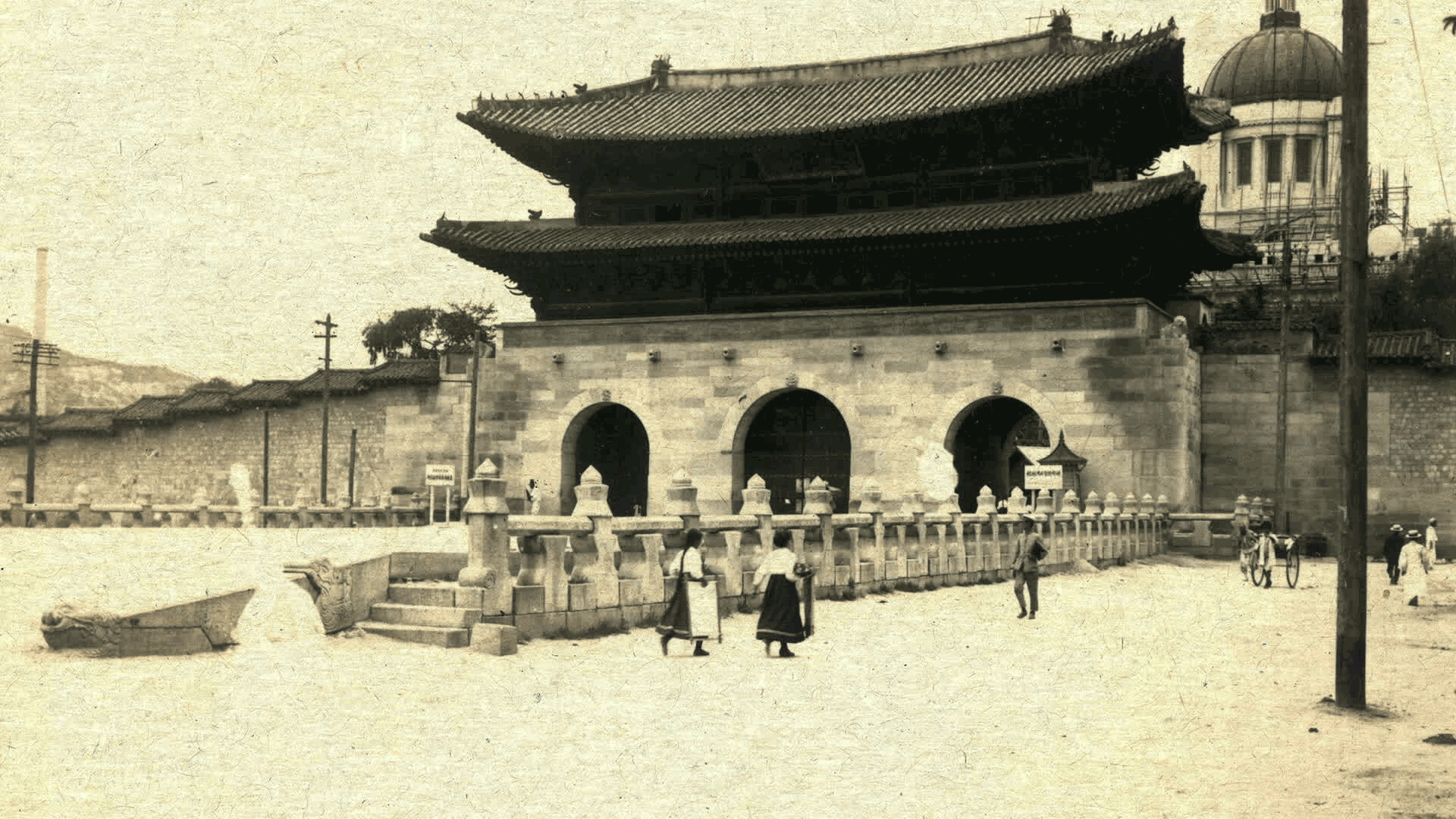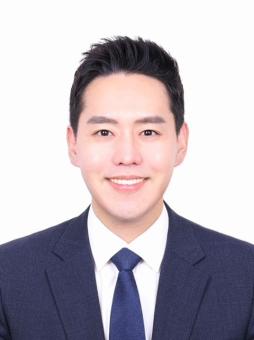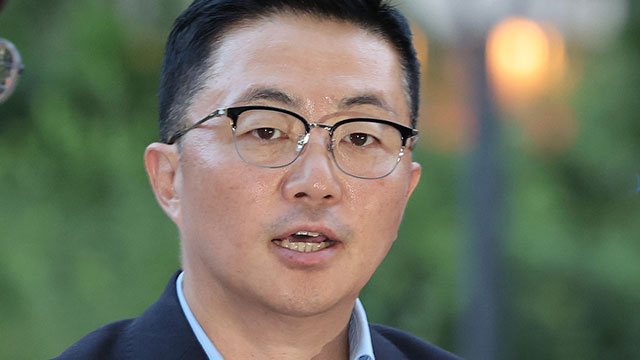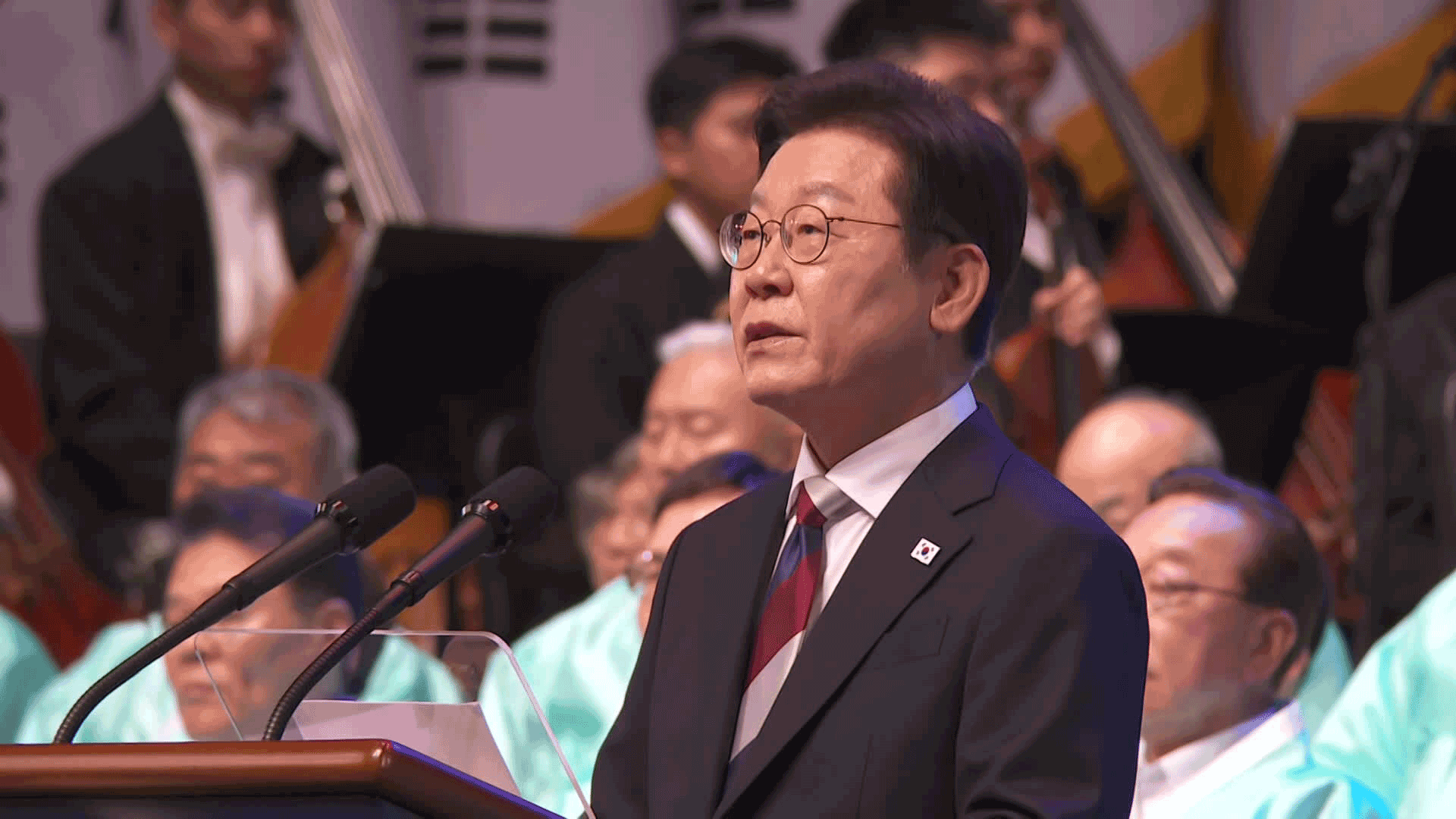[Anchor]
The historical spaces damaged by the Japanese Empire are regaining their original form after 100 years.
The paths that were severed are being reconnected, and cultural heritage is being restored.
Our reporter Kim Woo-jun has visited sites that future generations must not forget.
[Report]
100 years ago, the Japanese Empire damaged the Hanyang Fortress on Namsan in Seoul and built the Chosen Shrine to honor Japanese ancestors.
The traces of the Japanese Empire were fully revealed during the excavation of the fortress.
At this site, which has been built since the time of King Taejo of Joseon, the Japanese forced worship at the shrine.
This place, which holds a history of oppression, is being promoted for UNESCO World Heritage registration.
[Shin Young-moon/Head of Seoul City World Heritage Registration Team: "This place is a key location that well demonstrates the authenticity of Hanyang Fortress and will be utilized as the most critical site for the planned World Heritage registration in 2027…."]
The path between Jongmyo Shrine and Changgyeonggung Palace was also severed when the Japanese built a road.
It took 90 years for the area, which spans 8,000 square meters, to be reborn as a forest and for the severed path to be connected again.
The North Gate, which kings used to unofficially visit Jongmyo, has also regained its original form.
[Shin Hee-gwon/Professor of History at Seoul City University: "It has a very meaningful significance in that we can restore the original wall location and the original mound, and it represents the recovery of our national spirit."]
"The king personally attended the military examination at the Jangjeon outside Gwanghwamun." The 'Gwanghwamun Woldae' was a space for meeting the people and conducting state rituals..
The Japanese laid concrete here, claiming they would install tram tracks in this area known as the 'King's Road.'
The dormant history returned to its place after restoration in 2023.
[Yoon Nae-hyun/Visitor to Gyeongbokgung Palace: "It's very meaningful to be able to show the restored cultural heritage to my children, and it feels great that the magnificent cultural heritage has returned."]
Efforts to revive the damaged history continue even now, on the 80th anniversary of liberation.
This is KBS News, Kim Woo-jun.
The historical spaces damaged by the Japanese Empire are regaining their original form after 100 years.
The paths that were severed are being reconnected, and cultural heritage is being restored.
Our reporter Kim Woo-jun has visited sites that future generations must not forget.
[Report]
100 years ago, the Japanese Empire damaged the Hanyang Fortress on Namsan in Seoul and built the Chosen Shrine to honor Japanese ancestors.
The traces of the Japanese Empire were fully revealed during the excavation of the fortress.
At this site, which has been built since the time of King Taejo of Joseon, the Japanese forced worship at the shrine.
This place, which holds a history of oppression, is being promoted for UNESCO World Heritage registration.
[Shin Young-moon/Head of Seoul City World Heritage Registration Team: "This place is a key location that well demonstrates the authenticity of Hanyang Fortress and will be utilized as the most critical site for the planned World Heritage registration in 2027…."]
The path between Jongmyo Shrine and Changgyeonggung Palace was also severed when the Japanese built a road.
It took 90 years for the area, which spans 8,000 square meters, to be reborn as a forest and for the severed path to be connected again.
The North Gate, which kings used to unofficially visit Jongmyo, has also regained its original form.
[Shin Hee-gwon/Professor of History at Seoul City University: "It has a very meaningful significance in that we can restore the original wall location and the original mound, and it represents the recovery of our national spirit."]
"The king personally attended the military examination at the Jangjeon outside Gwanghwamun." The 'Gwanghwamun Woldae' was a space for meeting the people and conducting state rituals..
The Japanese laid concrete here, claiming they would install tram tracks in this area known as the 'King's Road.'
The dormant history returned to its place after restoration in 2023.
[Yoon Nae-hyun/Visitor to Gyeongbokgung Palace: "It's very meaningful to be able to show the restored cultural heritage to my children, and it feels great that the magnificent cultural heritage has returned."]
Efforts to revive the damaged history continue even now, on the 80th anniversary of liberation.
This is KBS News, Kim Woo-jun.
■ 제보하기
▷ 카카오톡 : 'KBS제보' 검색, 채널 추가
▷ 전화 : 02-781-1234, 4444
▷ 이메일 : kbs1234@kbs.co.kr
▷ 유튜브, 네이버, 카카오에서도 KBS뉴스를 구독해주세요!
- Historical sites being restored
-
- 입력 2025-08-16 02:11:44

[Anchor]
The historical spaces damaged by the Japanese Empire are regaining their original form after 100 years.
The paths that were severed are being reconnected, and cultural heritage is being restored.
Our reporter Kim Woo-jun has visited sites that future generations must not forget.
[Report]
100 years ago, the Japanese Empire damaged the Hanyang Fortress on Namsan in Seoul and built the Chosen Shrine to honor Japanese ancestors.
The traces of the Japanese Empire were fully revealed during the excavation of the fortress.
At this site, which has been built since the time of King Taejo of Joseon, the Japanese forced worship at the shrine.
This place, which holds a history of oppression, is being promoted for UNESCO World Heritage registration.
[Shin Young-moon/Head of Seoul City World Heritage Registration Team: "This place is a key location that well demonstrates the authenticity of Hanyang Fortress and will be utilized as the most critical site for the planned World Heritage registration in 2027…."]
The path between Jongmyo Shrine and Changgyeonggung Palace was also severed when the Japanese built a road.
It took 90 years for the area, which spans 8,000 square meters, to be reborn as a forest and for the severed path to be connected again.
The North Gate, which kings used to unofficially visit Jongmyo, has also regained its original form.
[Shin Hee-gwon/Professor of History at Seoul City University: "It has a very meaningful significance in that we can restore the original wall location and the original mound, and it represents the recovery of our national spirit."]
"The king personally attended the military examination at the Jangjeon outside Gwanghwamun." The 'Gwanghwamun Woldae' was a space for meeting the people and conducting state rituals..
The Japanese laid concrete here, claiming they would install tram tracks in this area known as the 'King's Road.'
The dormant history returned to its place after restoration in 2023.
[Yoon Nae-hyun/Visitor to Gyeongbokgung Palace: "It's very meaningful to be able to show the restored cultural heritage to my children, and it feels great that the magnificent cultural heritage has returned."]
Efforts to revive the damaged history continue even now, on the 80th anniversary of liberation.
This is KBS News, Kim Woo-jun.
The historical spaces damaged by the Japanese Empire are regaining their original form after 100 years.
The paths that were severed are being reconnected, and cultural heritage is being restored.
Our reporter Kim Woo-jun has visited sites that future generations must not forget.
[Report]
100 years ago, the Japanese Empire damaged the Hanyang Fortress on Namsan in Seoul and built the Chosen Shrine to honor Japanese ancestors.
The traces of the Japanese Empire were fully revealed during the excavation of the fortress.
At this site, which has been built since the time of King Taejo of Joseon, the Japanese forced worship at the shrine.
This place, which holds a history of oppression, is being promoted for UNESCO World Heritage registration.
[Shin Young-moon/Head of Seoul City World Heritage Registration Team: "This place is a key location that well demonstrates the authenticity of Hanyang Fortress and will be utilized as the most critical site for the planned World Heritage registration in 2027…."]
The path between Jongmyo Shrine and Changgyeonggung Palace was also severed when the Japanese built a road.
It took 90 years for the area, which spans 8,000 square meters, to be reborn as a forest and for the severed path to be connected again.
The North Gate, which kings used to unofficially visit Jongmyo, has also regained its original form.
[Shin Hee-gwon/Professor of History at Seoul City University: "It has a very meaningful significance in that we can restore the original wall location and the original mound, and it represents the recovery of our national spirit."]
"The king personally attended the military examination at the Jangjeon outside Gwanghwamun." The 'Gwanghwamun Woldae' was a space for meeting the people and conducting state rituals..
The Japanese laid concrete here, claiming they would install tram tracks in this area known as the 'King's Road.'
The dormant history returned to its place after restoration in 2023.
[Yoon Nae-hyun/Visitor to Gyeongbokgung Palace: "It's very meaningful to be able to show the restored cultural heritage to my children, and it feels great that the magnificent cultural heritage has returned."]
Efforts to revive the damaged history continue even now, on the 80th anniversary of liberation.
This is KBS News, Kim Woo-jun.
-
-

김우준 기자 universen@kbs.co.kr
김우준 기자의 기사 모음
-
이 기사가 좋으셨다면
-
좋아요
0
-
응원해요
0
-
후속 원해요
0











![[한일여론조사] “일본에 호감” 52%…“과거사 반성 부족” 80%](/data/layer/904/2025/08/20250815_4pdsE0.png)



이 기사에 대한 의견을 남겨주세요.